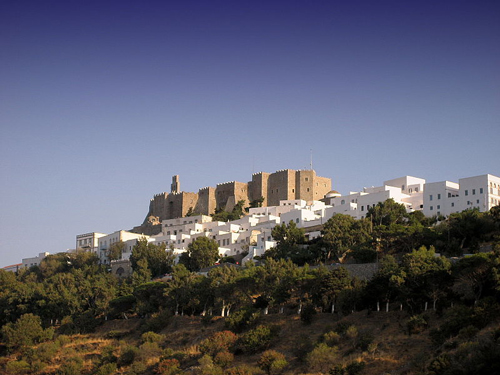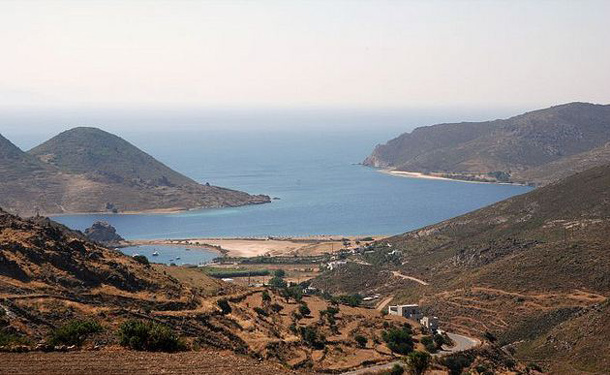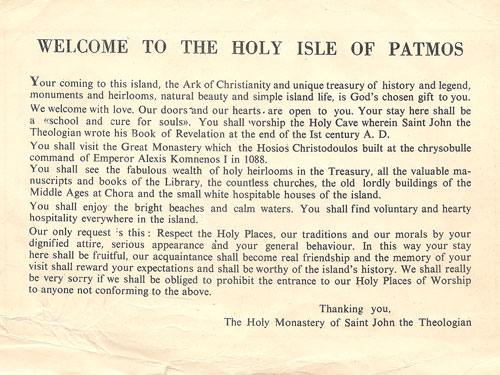 to live.
This tranquil isle has a mountain monastery
to live.
This tranquil isle has a mountain monastery
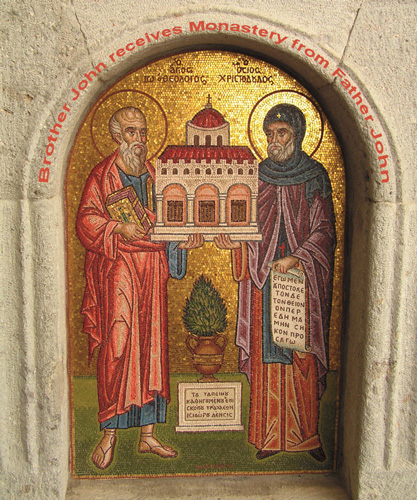 built like a medieval fortress to keep the pirates out.
It was 887 years old in 1975. In 2012, Wikipedia says that it still houses 40 monks.
Do any of them also have visions? Do they watch TV?
Does continuously whitewashing the stucco walls ward off the boredom?
Perhaps this is why the island has remained so tranquil.
Nice place to visit. Would I want to live here?
I really loved the white walls.
Does white mean purity or death, or both?
For me it meant finding some shade to stay cool.
Behold a white horse
built like a medieval fortress to keep the pirates out.
It was 887 years old in 1975. In 2012, Wikipedia says that it still houses 40 monks.
Do any of them also have visions? Do they watch TV?
Does continuously whitewashing the stucco walls ward off the boredom?
Perhaps this is why the island has remained so tranquil.
Nice place to visit. Would I want to live here?
I really loved the white walls.
Does white mean purity or death, or both?
For me it meant finding some shade to stay cool.
Behold a white horse
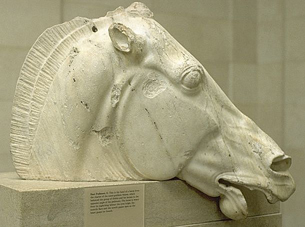 ...
...
The rock I slept in was more famous than I realized during my stay there. Kalikatsou is its name. Today, rows of bathing brellas
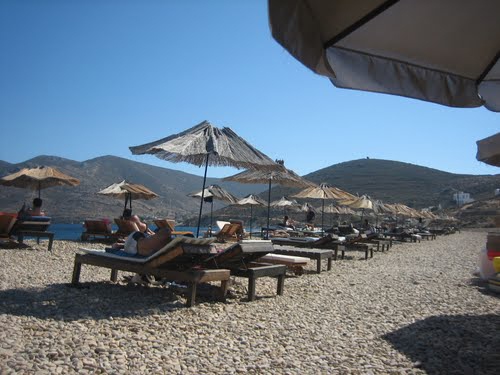 line Petra Beach where it lies.
Before the monastic fortress on the hill, pilgrim hermits resided herein digging out smaller caves as needed.
During my stay therein, the beach and the rock were totally vacated
as if preparing me for a numinosity which never occurred, or maybe it did, but I just wasn't home.
Legend says that Saint John was exiled to Patmos from mainland Epheseus for the same reasons astrologers were — phophesying without a license.
Kypnos, the ruling sorcerer of Patmos, saw John's presence as a challenge to his witch wackery and beat him up.
John recovered and prayed that Kypnos be transformed into a rock, and so he was — perhaps the same rock I was sleeping in.
Behold a red horse
line Petra Beach where it lies.
Before the monastic fortress on the hill, pilgrim hermits resided herein digging out smaller caves as needed.
During my stay therein, the beach and the rock were totally vacated
as if preparing me for a numinosity which never occurred, or maybe it did, but I just wasn't home.
Legend says that Saint John was exiled to Patmos from mainland Epheseus for the same reasons astrologers were — phophesying without a license.
Kypnos, the ruling sorcerer of Patmos, saw John's presence as a challenge to his witch wackery and beat him up.
John recovered and prayed that Kypnos be transformed into a rock, and so he was — perhaps the same rock I was sleeping in.
Behold a red horse
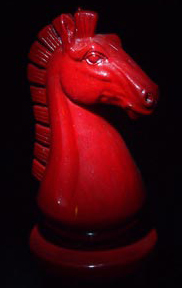 ...
...
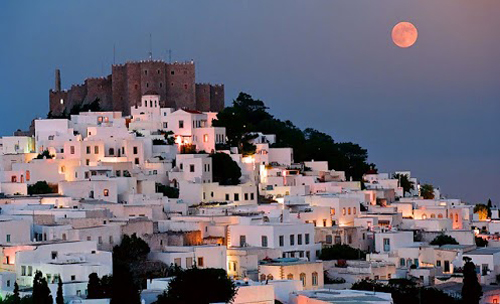
Full moon tonight.
Once again as in mythical times, Selene bathed the island with sparkly beams.
Are you sleeping, Brother John, Brother John?
